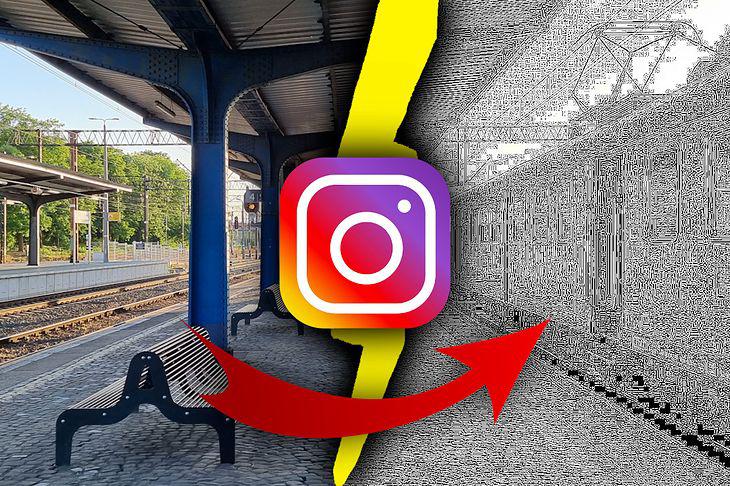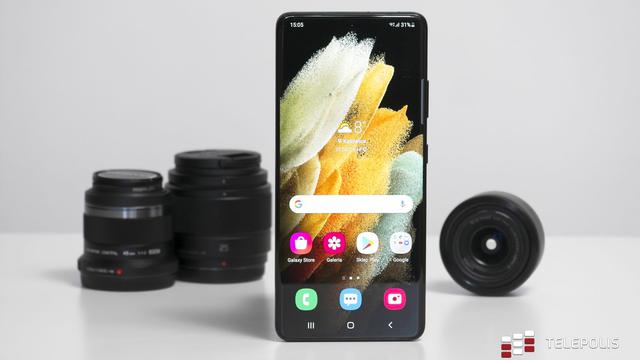Instagram is popular all over the world, so its creators want it to run smoothly, regardless of the quality of the network infrastructure. The photos on the timeline need to load as quickly as possible on both 5G and 3G. Otherwise, the website would lose a lot of potential users.
In order to achieve its goal, Instagram had to find a middle ground to ensure that photos are acceptable quality while keeping their size small.
Not everyone is aware that Instagram uses aggressive photo compression
First of all, Instagram's servers land photos that are only 1080 pixels wide. When you upload a photo with the default square aspect ratio, the final image has a resolution of less than 1.2 Mpix.
At a time when even affordable phones can take photos in 48, 64 or 108 Mpix, the Instagram resolution is downright pathetic. The website does not even use the full potential of today's displays, because more and more smartphones have 1440p panels.
Instagram extreme compression test: I uploaded the same photo 100 times
I found this picture from my gallery on my phone:
I posted this photo on Instagram and saved a backup on my phone which I shared again on Instagram. I repeated the whole process 100 times to check what the compression algorithms would do with the photo.
This is what the picture looked like after the first throw:
... yes after the third:
... yes after ten:
... yes after thirtieth:
... and so after the hundredth:

As you can see, it is mainly the colors that suffer from compression.
Is uploading 1080p photos to Instagram to solve the problem?
The tutorials that I came across on the web were the inspiration for the preparation of this material. Their authors say that there is an easy way to maintain a better photo quality.
When you upload high-resolution photos to Instagram, a 2248p copy is saved in the phone's memory, but the 1080p photo lands on the servers. According to some "experts", only a change in resolution has a devastating effect on image quality. In their tutorials, they recommend manually resizing photos to the native Instagram resolution.
I checked if it made sense. I threw the original photo into GIMP and reduced its size to 1080 x 1080, while maintaining 100% quality. Then I repeated the process with a hundred shares, dropping the backup in 1080p each time.
This is what the picture looked like after the first throw:
... yes after the third:
... yes after ten:
... yes after thirtieth:
... and so after the hundredth:
Conclusion: even when you upload a photo in the native Instagram resolution, the compression algorithms still work. What's more, & hairsp; - & hairsp; the last photo is of much worse quality than when I made it available in the original resolution.
So, tutorials on the alleged salutary impact of lower resolution on the quality of Instagram photos can be put between cartoons. It's best to post photos of a larger size.
Why this test?
I am aware that no one (except me) uploads the same photo 100 times on Instagram. However, I wanted to better illustrate the aggressiveness of instagram compression and & hairsp; - & hairsp; above all - to see if it is actually better to upload photos in 1080p. As we already know, it is not.
It should also be remembered that some data from photos disappears forever each time they land on the servers. The original 1080p photo for me was 1.24 MB in size, and after the first upload on Instagram, it was reduced to 503 KB. We are talking about about 60% compression while keeping the resolution unchanged.
This is probably not the future that the fathers of computer science envisioned
The theoretical advantage of digital formats over analog ones is the possibility of lossless duplication of data. Computers can make a billion copies of the same photo, each of which is of identical quality.
The problem is that & hairsp; - & hairsp; well, just & hairsp; - & hairsp; is often only a theoretical asset. In practice, we are still limited by network infrastructure and server capacity. So much has not really changed since the times of analog copiers and scanners.
See also:


